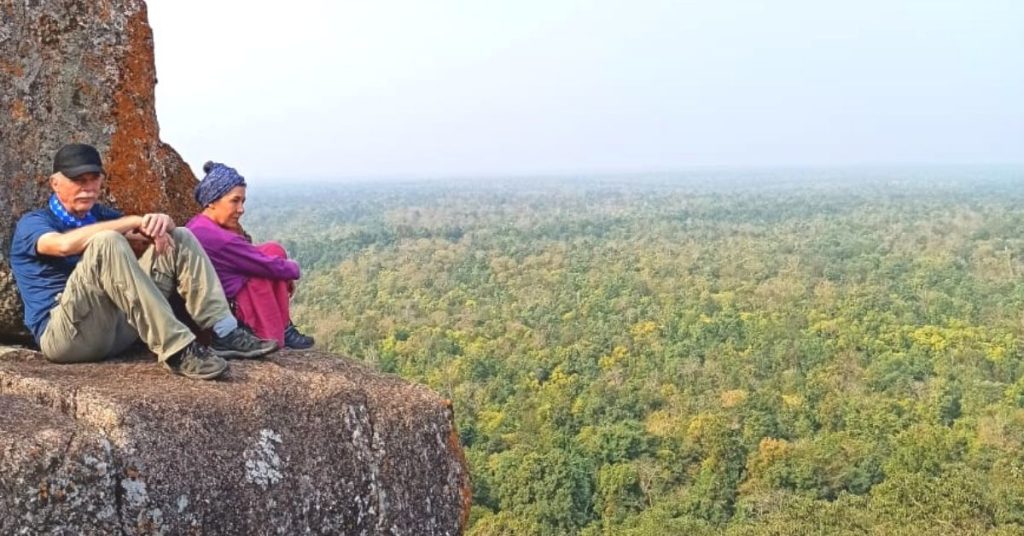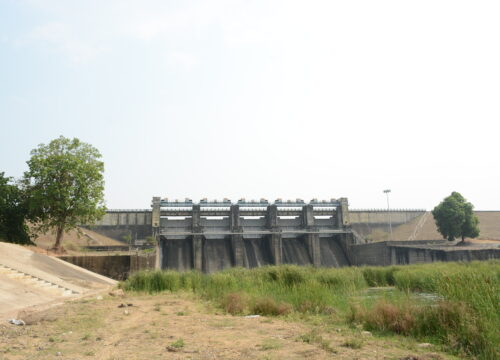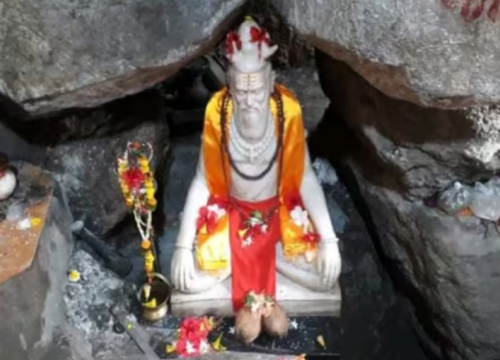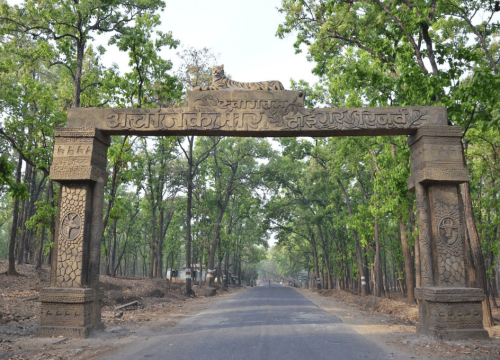Hidden in the serene forests of Dhamtari district, Jabarra is a tribal village that has transformed itself into one of India’s most inspiring eco-tourism destinations.
Known for its rich biodiversity, ancient traditions, and a deep respect for nature, Jabarra offers an experience that is both refreshing for the soul and empowering for the community.
What We Offer
- Nature & Adventure
Guided forest treks, bird-watching, and hikes to scenic viewpoints along the Kajal river. - Wellness & Healing
Yoga, meditation, and traditional herbal treatments using over 80 medicinal plants found in the surrounding forest. - Cultural Immersion
Live in village homestays, taste traditional cuisine, and learn tribal games, songs, and crafts. - Sustainable Tourism
Every visit directly supports community development, afforestation, and local livelihoods.
Why Visit Jabarra?
- Experience untouched nature and authentic tribal hospitality.
- Learn about sustainable forest management from the people who live it every day.
- Contribute to a model of tourism that empowers local communities while preserving biodiversity.
- Be part of a unique success story that has drawn visitors from Japan, Poland, Australia, and across India.
Plan Your Visit
- Location: Nagri Tehsil, Dhamtari District, Chhattisgarh
- Best Season: October to March
- Accommodation: Village homestays with basic but comfortable facilities
- How to Reach:
- By Road: 58 km from Dhamtari, 18 km from Nagri
- Nearest Railway Station: Dhamtari / Raipur
- Nearest Airport: Swami Vivekananda Airport, Raipur
Frequently Asked Questions
Jabarra is in Nagri Tehsil, Dhamtari District, Chhattisgarh, about 58 km from Dhamtari and 18 km from Nagri.
It is the first village in Chhattisgarh to secure Community Forest Rights over 5,352 hectares, and is known for its eco-tourism, herbal healing practices, and sustainable living.
You can enjoy guided forest treks, yoga and meditation, traditional herbal treatments, tribal music and dance, birdwatching, and cultural experiences like cooking and craft workshops.
Visitors can stay in village homestays—basic but clean and comfortable, offering traditional meals and a chance to live with local families.
Yes, but treks should be chosen based on fitness levels. Shorter walks and cultural programs are available for those who prefer lighter activities.





